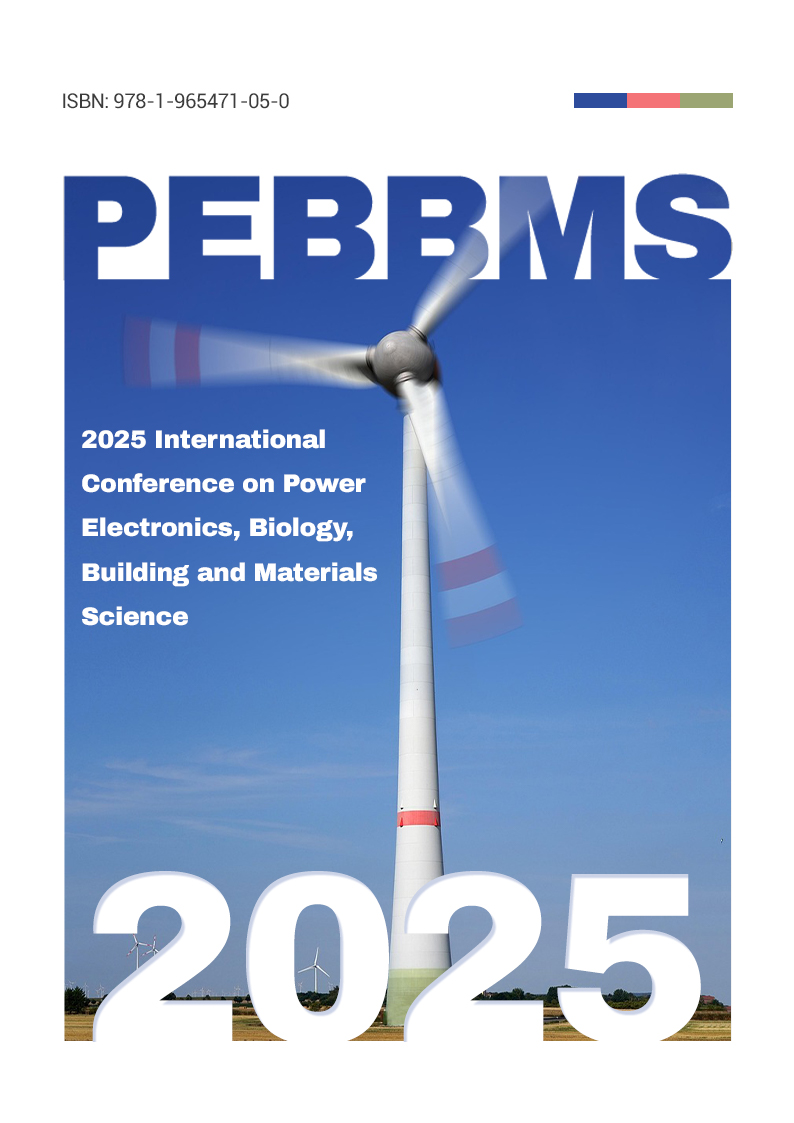Hazardous Gas Monitoring Technology for Natural Gas Pipelines Based on GoogLeNet Infrared Spectroscopy

Authors:
Tao Cui, Zhifeng Wu, Li Gu, Yanjie Jia, Jiangqiao Lian
Keywords:
Natural gas transmission, Hazardous gas, Infrared spectroscopy, Deep learning
Doi:
10.70114/acmsr.2025.3.1.P56
Abstract
During the natural gas transmission process, the leakage of hazardous gases poses a long-term threat to production. Therefore, an online and intuitive monitoring method is particularly important. Based on research on infrared spectroscopy and deep learning, this study proposes the use of deep learning and infrared spectroscopy to monitor hazardous gases in the natural gas transmission process. The GoogLeNet model is employed to analyze the infrared spectra of hazardous gases in natural gas transmission, and a symmetric point-based GoogLeNet infrared spectroscopy monitoring scheme is proposed.In comparative experiments, considering all performance evaluation metrics, GoogLeNet demonstrates significant advantages in detecting hazardous gases in natural gas transmission. Its mean average precision (mAP) and accuracy outperform other models. Furthermore, after expanding the dataset and retraining the GoogLeNet model, its performance is further improved, ensuring that it meets the fundamental requirements for hazardous gas detection in the natural gas transmission process


